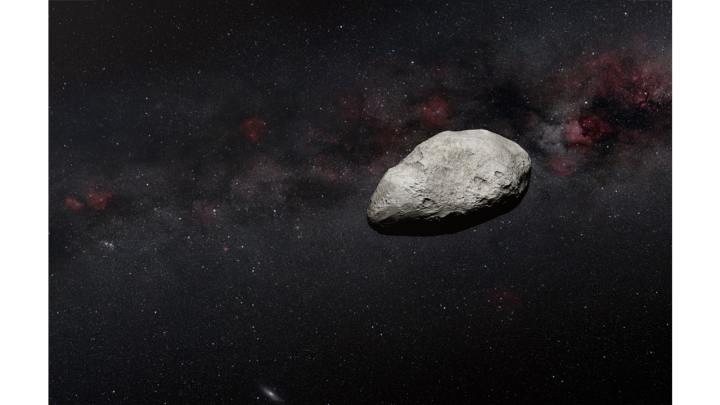With any new technology, there are bound to be failures — and that’s true of cutting-edge astronomy instruments like the James Webb Space Telescope as well. But failures can have a silver lining, as was demonstrated recently when an unsuccessful attempt to calibrate a Webb instrument to a well-known asteroid turned up a delightful surprise: the discovery of a new, different asteroid that is just a few hundred feet across.

Researchers were looking through the data collected during the calibration of Webb’s Mid-Infrared Instrument (MIRI) when it was pointed toward known asteroid 1998 BC1 — a procedure that had failed due to technical issues. They hoped that they could use this data to test out some new techniques, but when they went digging, they spotted something unexpected. There was a tiny asteroid around 100 to 200 meters (300 to 650 feet) long that happened to be passing through the instrument’s field of view at the same time.
“Our results show that even ‘failed’ Webb observations can be scientifically useful, if you have the right mindset and a little bit of luck,” said lead author of the research, Thomas Müller, in a statement. “Our detection lies in the main asteroid belt, but Webb’s incredible sensitivity made it possible to see this roughly 100-meter object at a distance of more than 100 million kilometers.”
The smaller targets like asteroids are, the harder they are to detect as they reflect so little light. So it’s exciting that Webb was able to detect this new object, thought to be the smallest asteroid Webb has observed so far.
The discovery needs to be confirmed before the small asteroid can be named, but it could help researchers understand more about the formation of the solar system. Asteroids are remnants from the formation of the planets, and studying them can offer a glimpse billions of years into the past.
“This is a fantastic result which highlights the capabilities of MIRI to serendipitously detect a previously undetectable size of asteroid in the main belt,” said Webb support scientist Bryan Holler. “Repeats of these observations are in the process of being scheduled, and we are fully expecting new asteroid interlopers in those images.”
The research is published in the journal Astronomy and Astrophysics.
Editors’ Recommendations
Services Marketplace – Listings, Bookings & Reviews
